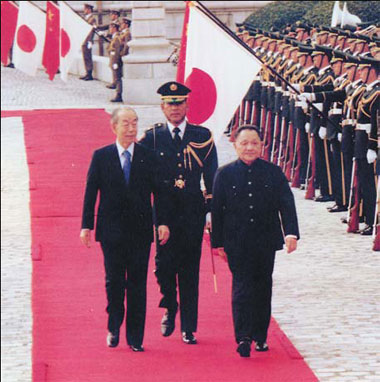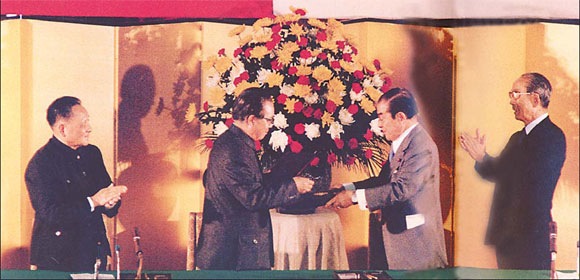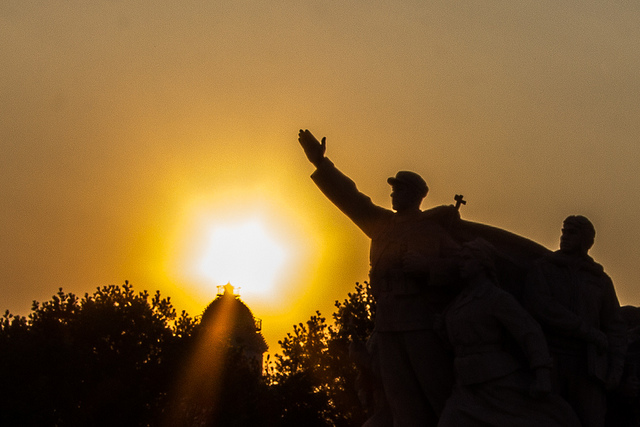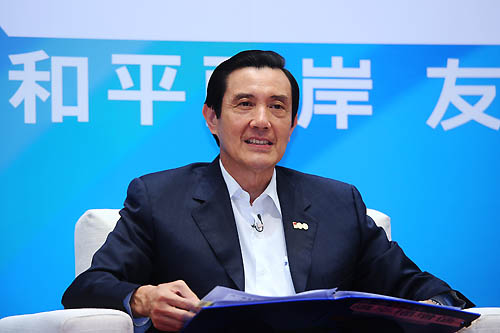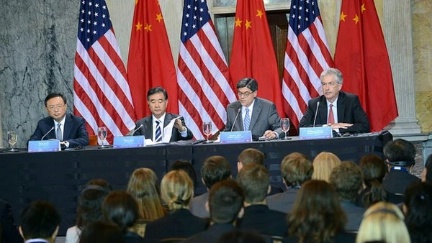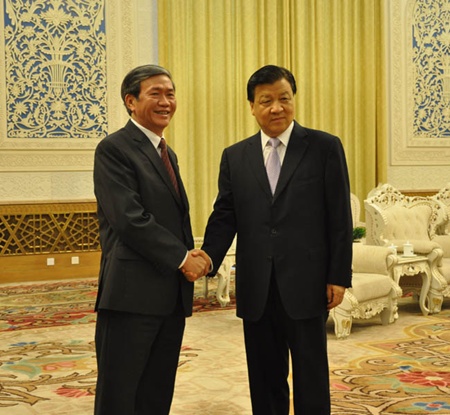
Dinh The Huynh-Liu Qibao meet on July 26, 2013
by David Parmer
Summer 2013 has seen a series of high-level meetings between China and Viet Nam. China’s Xinhua New Agency reported on June 20 that Chinese President Xi Jinping in meetings with visiting Vietnamese President Truong Tan Sang on June 19th said that China and Viet Nam should “unswervingly march together along the path of friendly cooperation.” Both presidents agreed to strengthen bilateral strategic cooperation by:
- Maintaining high-level contacts
- Promoting pragmatic cooperation in all fields
- Strengthening economic developments
- Making efforts to reach a goal of $60 billion in trade before 2015
A second round of high-level meetings was held in Beijing on July 26. Viet Nam News published a report on July 27 that the head of China’s Central Committee’s Propaganda Department Liu Qibao met with the head of the Communist Party of Viet Nam’s (CPV) Central Committee Commission for Popularization and Education Dinh The Huynh. Both parties agreed to work to “cement cooperation between the two sides to enhance understanding, mutual trust and friendship between the two peoples.
And finally, on August 6, 2013, a Than Nien News story said that the Minister of Foreign Affairs of Viet Nam, Mr. Pham Binh Minh met with his Chinese Counterpart Wang Yi in Hanoi on August 4. Minister Minh was quoted as saying both sides should persist in addressing disputes “on the basis of the Viet Nam- China agreement on basic principles guiding the settlement of sea-related issues” and on international law.The report also said the two FMs also discussed measures to speed up the implementation of agreements, especially the action plan to realize a Viet Nam-China comprehensive strategic co-operative partnership.
 日本語
日本語 English
English 中国語
中国語
